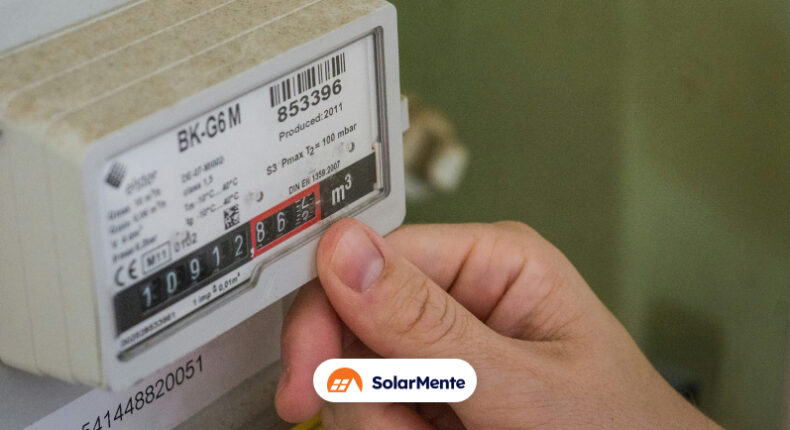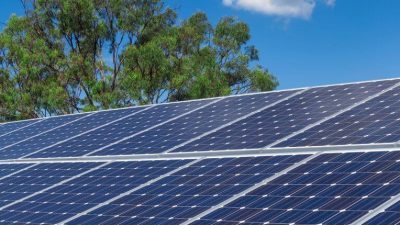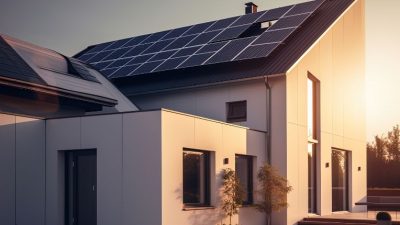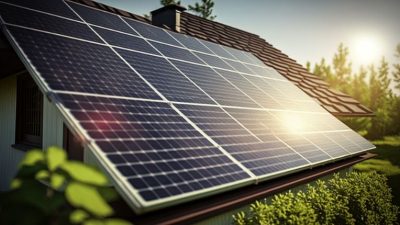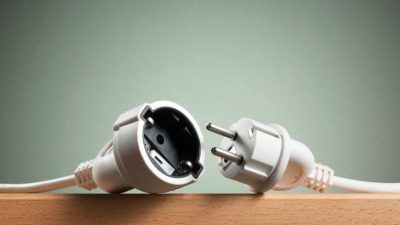What is the difference between electrical power and billed energy?
One of the questions we ask ourselves when we receive the electricity bill.
You pay the amount, but, in reality, you are not sure if the data is correct, let alone where they come from, which makes you think:
“Why do they make it so complicated?”
Many of us are confused by these concepts and no one has explained it to us. What’s more, a study carried out by UCAM researchers shows that the design of the electricity bill makes it difficult to understand.
The terms power and energy are not entirely clear.
Understanding their meaning will help us to pay less on our electricity bill.
For this reason, in this article we are going to clear up any doubts regarding both terms and how to visualise them on your monthly bill.
What is electrical power?
Electrical power refers to the capacity of an electrical installation to consume certain kilowatts in the same period of time. It is an amount that we will pay according to the contracted section.
In other words, it indicates the electrical devices that can be connected at the same time without tripping the Power Control Switch (ICP), which is commonly known as the expression “blowing the fuse”. A situation that forces us to go to the electrical panel and turn the switches back on.
When this situation occurs, it means that the contracted power is insufficient to use these devices at the same time.
Let’s look at an example.
Take the case that your contracted power is 3.5 kW and, at the same time, you plug in the oven that you have contracted:
-
You switch on the oven, which consumes 1.5 kW.
-
The washing machine: 1.4 kW
-
Television: 0.15 kW
-
Dishwasher: 1.5 kW
The sum of all these kilowatts exceeds 3.5 kW of contracted power. As a result, your household’s power will be overloaded.
In short, if you intend to use several devices at the same time, you must know the power calculation for each one in order to contract the right one.
It is a cost that does not vary and is set by the contracted electricity company.
Remember, however, that the changes in the new tariff allow consumers to set two different wattages during the day. This is a point that will help us to reduce the cost of our electricity bill.
Where can I see this information?
In the breakdown of the bill details, you will have several terms and one of them is the contracted power. You can also see it in the contract details.
In short, it is the fixed part that you will pay every month to your electricity company and you will have to adjust it according to the electrical appliances that you use at the same time and the energy that they require depending on the section.
What is the energy consumed and how to calculate it?
Well, let’s move on to the second term.
Let’s move on to the second term: the energy consumed.
It is the amount of kW consumed in an hour by the electrical appliances connected and/or in operation.
How to calculate this amount?
It is very simple.
We multiply the kW by the given period.
This amount is variable as it depends on the time of use.
To find out the monthly energy consumption, we add up the consumption of all electrical appliances and devices, plus the number of hours of operation.
Therefore, the payment will depend on two factors:
-
The price of the contracted electricity tariff.
-
Consumption of each appliance.
Let us explain this with an example.
If you keep the dishwasher on for two hours and its power is 1.5 kW, the energy consumed will be 3 kW/h.
This same situation can be applied to the rest of the electrical appliances in your home.
But remember, if you have a tariff with hourly discrimination, the price of electricity varies according to the established intervals.
Can I save with this model? If you are able to shift 30% of your consumption to the most economical hours, you will appreciate it.
Even so, it is important to use energy responsibly. Here are some examples:
-
Avoid standby
-
Use LED bulbs
-
Wash clothes in cold water
-
Use energy-efficient devices
Where can I see the kWh on my electricity bill?
The energy consumed is in the “Electricity consumption information” section.
There you will find this section expressed in kWh and you will find the history of the previous month together with the monthly consumption to which the bill belongs expressed in another heat to differentiate it easily.
You can also see information on the evolution of consumption over the last year and it will give you clues as to whether you are spending more or less compared to previous periods of the year.
How do I know what power I should contract?
Once we are clear about the difference between electrical power and energy consumed, it is time to find out what power I should contract.
And far from what it may seem, this is a simple process.
First of all, we can consult any of our bills. This information is at our fingertips.
If your consumption remains constant and you do not trip the fuses when you connect various electronic devices, it is possible that you are paying for a higher power that you do not need. In that case, you can reduce the contracted power and save more on electricity.
But it may also be that you need more power than you currently have.
Generally, upgrading is common in large homes with high energy consumption, such as homes with swimming pools.
If you need to adjust this term, you must first know the maximum power that the installation is capable of supporting. You can check this information in your home’s Electricity Bulletin.
However, the company must inform you of your peak consumption and adjust the power in the event of changes in energy needs in order to avoid additional costs. However, this situation is not common and, for this reason, we recommend that you keep track of your bill on a monthly basis.
So what is the difference between contracted power and consumed energy?
In short, the differences between contracted power and consumed energy are based on the following points:
-
Power is the capacity of an electrical installation to consume a number of kilowatts in a given period of time, whereas energy is the amount of kW consumed by the electrical appliances connected and in operation during one hour.
-
Power is measured in kilowatts (kW) and energy in kilowatt hours (kWh).
-
The power is a fixed cost and the energy consumed is a variable amount.
Do you want to increase your electricity savings?
Now that you are clear about the differences between the two concepts, it is time to calculate whether your household electricity tariff meets your needs or whether you are paying more than you should.
Make the necessary adjustments to maximise your electricity savings every month.
And speaking of savings.
If you want to reduce your electricity bill by at least 50%, you can opt for a renewable and economical source such as solar energy by installing solar panels in your home.
You can start here:
>> Calculate your monthly savings with a self-consumption system.
We will accompany you throughout the whole process towards a sustainable energy model that will make you more independent from your electricity company and reduce the cost of your electricity bill.
Say goodbye to high electricity costs.

